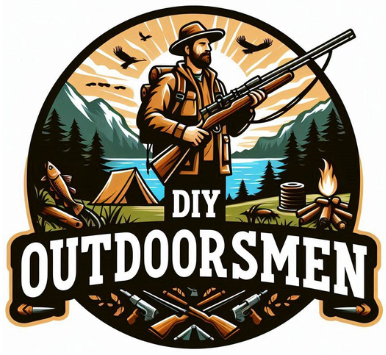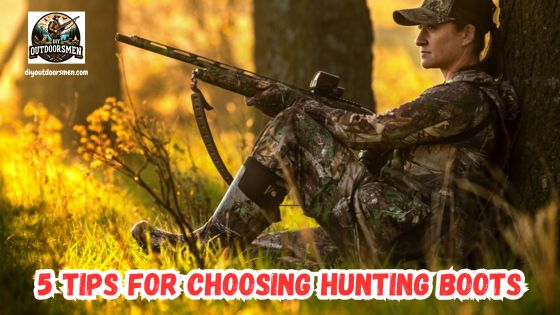Contents
Hunting boots are one of your most important pieces of hunting gear. They will make the difference between a safe, comfortable hunt, and hours of agony and injury. So, I’m going to start with what makes a difference in the realm of hunting boots.
QUICK LOOK: 5 Important Factors for Comparing Hunting Boots
- Materials and craftsmanship are fundamental; they determine the boots’ durability and suitability for various hunting conditions. Heavier materials, like full-grain leather, often suggest longer-lasting wear. Lighter synthetics might offer less abrasion resistance, but they can provide better flexibility.
- Waterproofing is non-negotiable for most hunters. The technology behind this feature, such as Gore-Tex linings, serves to keep out moisture while allowing your feet to breathe. It’s not just about staying dry; it’s about maintaining comfort throughout your hunt.
- Your footing matters. Different traction patterns on the sole will suit different types of terrain. Whether you’re navigating rocky hillsides or muddy paths, the tread underfoot can be the difference between a slip and a steady stance. Traction should always be matched to your hunting grounds.
- Seasoned hunters also know the climate plays a role. Insulation is key for those cold morning stands or tracking through the snow. Yet in warmer weather, non-insulated boots prevent overheating. Insulation is measured in grams; more grams means more warmth, but also more weight.
- Finally, we can’t overlook the importance of comfort and support. Cushioned footbeds, supportive ankle designs, and proper fit can impact a hunter’s endurance. Hours spent on your feet demand a boot that will stand up to the challenge without causing discomfort or fatigue.
Breaking Down Boot Types by Hunting Terrain
I’m here to help you navigate the landscape of hunting boots, which can be as varied as the ground you trek on.
- First, let’s focus on the footprint of your boots on different terrains. When you’re pacing through flatlands, you want a boot that provides comfort and stability without excessive rigidity. The sole’s grip is vital but tread depth that’s too aggressive can quickly become overkill on softer, even ground.
- Water resistance isn’t just a nice-to-have; it’s essentiawhen you venture into marshlands or wet environments . Here, look for boots with a good balance of waterproofing and breathability to keep your feet dry without trapping sweat inside. Consider boots that rise well above the ankle to prevent water seepage, especially when crossing streams or trudging through muck.
- Boots with extra ankle support, a sturdy footbed, and aggressive tread patterns will help you maintain your footing on rocky or steep terrain.
- In arid areas, where heat and sand are factors, opt for lightweight materials which still offer protective features, like reinforced toe caps and side panels, for encountering hard, abrasive surfaces.
- In mountainous terrain, weight and durability compete for priority. Heavier boots provide better protection and support for your ankles, but can also be a strain over long distances. Balance these factors against the severity and frequency of your hunts. For optimal functionality, consider boots with a mid-calf height, which offer protection while allowing for necessary mobility.
- Your choice in boot type should reflect the game you’re after as well. Pursuing small, fast-moving animals, for instance, calls for boots that allow quick, light-footed moves, while big game hunters might prioritize sturdiness and protection. Ultimately, knowing the lay of the land – and your own hunting habits – are paramount when selecting the right footwear.
Remember that the right boots are an investment in successful hunts. It’s not merely about immediate comfort; it’s also about performance that lasts. Your boots should stand up to the conditions you most commonly face without draining your wallet dry.
Hunting Boots Value Considerations and Balancing Performance with Price
Now, it’s clear that you’re not just buying a pair of hunting boots; you’re investing in your comfort, safety, and the quality of your hunting experiences. This is why price shouldn’t be the sole deciding factor. But I understand that budget plays a big role, so let’s discuss how to get the most bang for your buck.
- Hunting boots span a wide price range. You could find boots that are a steal or feel the sting of stickers priced at a premium. Remember, expensive doesn’t always mean better, but quality often comes at a cost. It’s about finding that middle ground where the price reflects durable materials, solid construction, and the features you genuinely need.
- If you’re considering more budget-friendly options, take heart. There are boots out there that offer robust features without breaking the bank. Just keep your eyes peeled for trusted brands that have a history of positive reviews.
- What most hunters forget is the cost of care and maintenance. Higher-end boots might need specific care products or regular treatments that add to the overall cost. Then again, well-maintained boots can save you from frequent replacements.
- Before you swipe that card, weigh the cost against the utility. How often will you use these boots, and for what kind of hunting? Sometimes, a midrange boot that fits all your criteria can be the perfect match over a top-tier boot with bells and whistles you’ll rarely use.
Actual Field Trials Hunting Boots Reviews & Comparisons
Now, let’s turn to the on-the-ground insights from hunters who’ve put various boots to the test in real conditions. While I can reel off a list of boot features, it’s the hands-on feedback from those spending their days in the fields and forests that really tells the story.
When comparing boot brands like Muck, Danner, and LaCrosse, I’m not just looking at the specs. I’m looking at how these boots actually perform when tracking deer in the mud or stalking prey across a rocky ridge. For example, many hunters praise the Muck Woody Max for deep snow conditions but might choose the Danner Pronghorn for drier, warmer climates.
I’ve personally tested several pairs myself, often with surprising results. Some boots that promise high-end comfort can fall short when you’re six hours into a hunt. It’s details like these—how the boot hugs your ankle on a steep incline, or whether your toes start to feel the chill at dawn—that make all the difference.
The pros and cons of each pair come to light during these field tests. Take waterproof features—some boots handle a dew-covered field seamlessly, while others soak through after a few hours, despite bold claims. Tallying these practical experiences gives you a clearer idea of what to expect. I’ve had very good experiences with the following boot brands and styles:
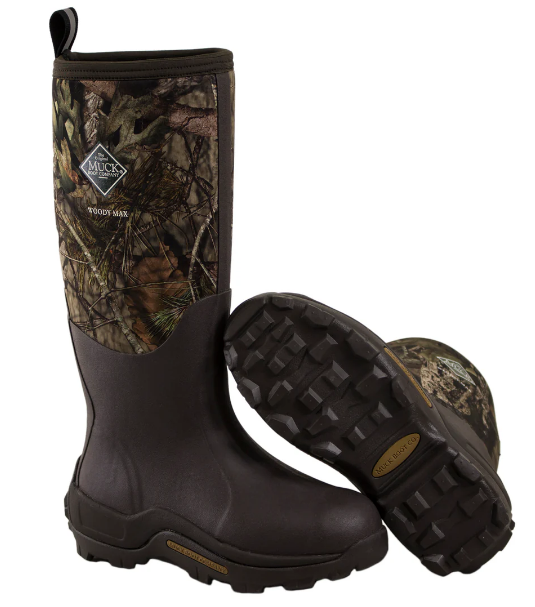
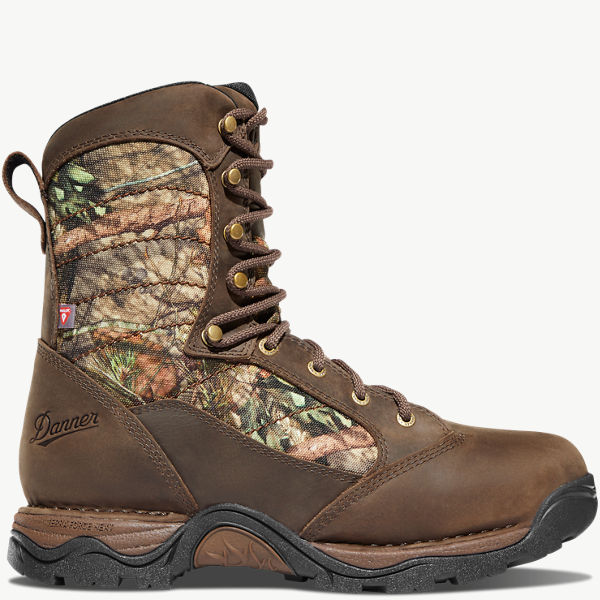
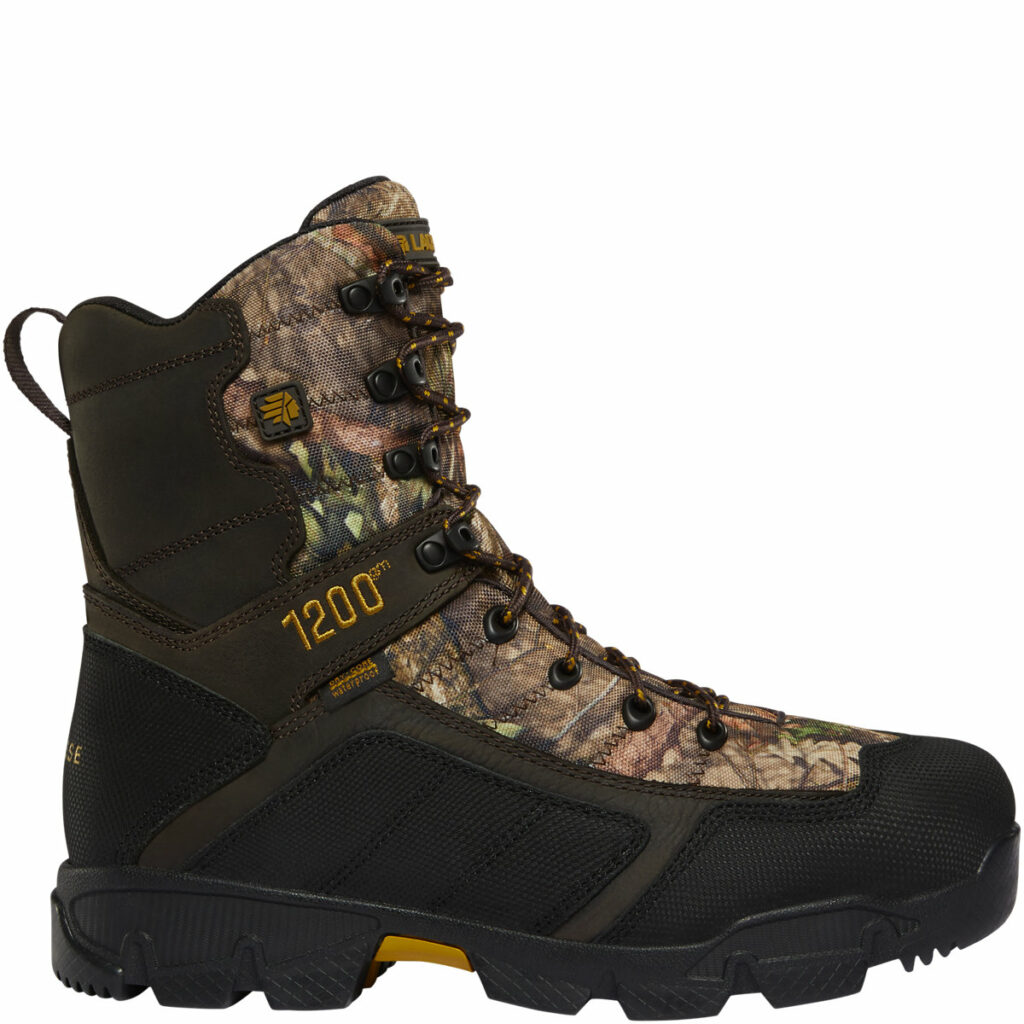
From this collected wisdom, we can draw out the real performers. Guaranteeing the best pair for your needs, however, also means assessing your hunting style. If you traverse changing terrains or plan on multiple outings in varied environments, keep reading. In the next section, we’ll discuss how to align your specific needs with the right hunting boots.
Final Thoughts – Assess Your Hunting Needs when Choosing Hunting Boots
So, you’ve sifted through the features, terrain types, and reviews, and now you’re at a crossroads. It’s critical to align your choice with your specific hunting needs.
- Begin by defining your primary hunting environment; this directly impacts the type of boot that will serve you best. Ask yourself where you most often hunt and under what conditions.
- Next, consider how often and for how long you’re out in the field. If you’re a weekend warrior, your needs may differ from those of a hunter who spends consecutive days tracking game.
- Durability and comfort are non-negotiable for long stretches, while occasional hunters might prioritize flexibility and lightness. Your comfort is paramount, and what’s comfortable varies from one hunter to another. Some need extra ankle support; others require broader toe boxes. Health considerations like arch support and cushioning can’t be overlooked for the sake of durability alone.
- Focus on the specialized features that cater to your hunting style rather than going for a boot that claims to do it all. Versatility sounds appealing, but it might not provide the expertise you need in your specific environment.
- Try before you buy: Remember, the ideal way to ensure you’re making a wise investment is to try them on. Fit is king, and comfort can’t be determined by appearance alone. Whenever possible, put those boots to the test in conditions that mimic your hunting scenarios. The right choice becomes self-evident when the boot feels like an extension of yourself in the wild.
Latest Articles:
- 9 Crossbow Maintenance And Care Tips
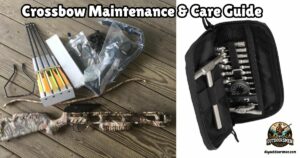
- Beginner-friendly Fly Selection Packs
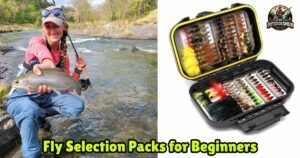
- Reviews And Comparisons Of Hunting Crossbows

- Budget-friendly Backpacking Fly Rod Combos

- 9 Crossbow Accessories And Gear For Hunting
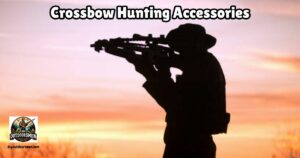
- 5 Budget-friendly Fly Rod And Reel Starter Combos

As always, stay safe, enjoy the journey and please try to leave it cleaner than you found it. If you have any comments, questions, ideas, or suggestions please leave them in the comment section below and I’ll get back to you ASAP. You can follow us on YouTube: Man Art Creations for videos of our DIY Adventures.
P.S. – Thanks so much for checking out our blog we really appreciate it. Just so you know, we may receive a commission if you click on some of the links that appear on our site. This helps us keep our content free and up-to-date for everyone. We appreciate your support!
